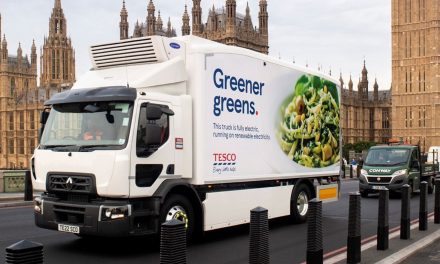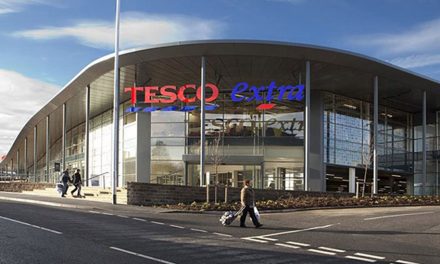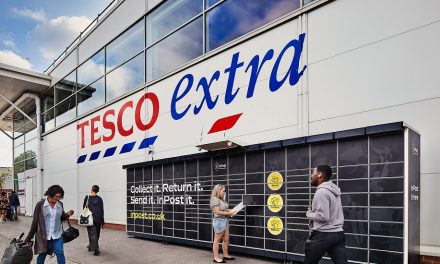
Safeway (US) to use Tesco e-commerce system
Tesco and Safeway online Surfing USA
NEW YORK
Showing the Americans how to make online shopping pay
A
MERICA has all too often turned into a graveyard for foreign retailers. But this week a British supermarket chain sped across the Atlantic to teach the Yanks a trick or two. On June 25th Tesco, Britain’s biggest grocer, announced a deal with Safeway, California’s biggest food retailer, to bring its successful Internet shopping service to the United States. Tesco is injecting both its technology and $22m into Grocery
Works, a loss-making online retailer that is majority-owned by Safeway, in return for a 35% stake. Grocery Works will close its warehouse-based distribution network and replace it with Tesco’s so-called “store picking” system, under which orders placed online are plucked from the shelves of existing stores.
It is a sweet irony that online shopping techniques developed in provincial Britain are being exported to the very birthplace of e-commerce. And it is further proof, if it were needed, of the advantages of bricks-and-mortar retailers over their pure-play online rivals. Much-hyped startups such as Streamline, Peapod and Web-van, the best-capitalised of the lot, spent hundreds of millions of dollars on order-fulfillment systems, complete with dedicated warehouses, in the belief that 20% or more of all grocery shopping would rapidly migrate to the Internet. But the switch has yet to happen.
For most online grocers it is now too late. Streamline has gone bust, Peapod has been taken over by Ahold, a Dutch retailer, and Webvan is struggling not to be de-listed from the Nasdaq stock market. Even Grocery Works has yet to make any money; Safe-way has been forced to write off $30m of its $45m investment as part of its latest refinancing. Meanwhile Tesco, after spending around £40m ($56m) on getting its store-picking system right, has built up a profitable online food business with a turnover of £300m a year, making it the world’s biggest Internet grocer.
With hindsight, the superiority of Tesco’s model seems obvious. As Andrew Higginson, Tesco’s finance director, says:
“Think of the store as a warehouse. It is close to where people live, it is simple to pick from because the layout is designed for customers to navigate, infrastructure is there and it is already part of a supply chain.” In Tesco’s case, specially employed pickers trawl around the aisles with computerised systems that can deal with six shopping lists at once. The items are bundled into a fleet of vans and packed on arrival at the doorstep. Although there is a risk of crowding out shoppers, Mr Higginson believes that the stores can comfortably handle £1.5 billion a year in online sales before Tesco needs to build its own dedicated warehouses.
Besides this solid economic argument, however, Tesco’s approach also has some cunning accounting in its favour. Like its dotcom rivals, it has to charge direct expenses, such as vans and pickers, against its online revenues. But the pure plays also have to shoulder the running costs and depreciation charges of their warehouses, whereas the cost of Tesco’s stores, including depreciation and lighting, is booked against its offline sales. Add the fact that Tesco charges a £5 fee per delivery, and it is no surprise that it has rapidly been able to show an online profit.
If Tesco can teach its new partner these skills and tricks, its 35% stake in Grocery Works could turn out to be a goldmine, given America’s avid Internet usage and Safeway’s 1,700-strong network of stores, more than twice as big as its own. With Tesco in an expansionary mood, this week’s deal might even prove to be the prelude to a merger.













